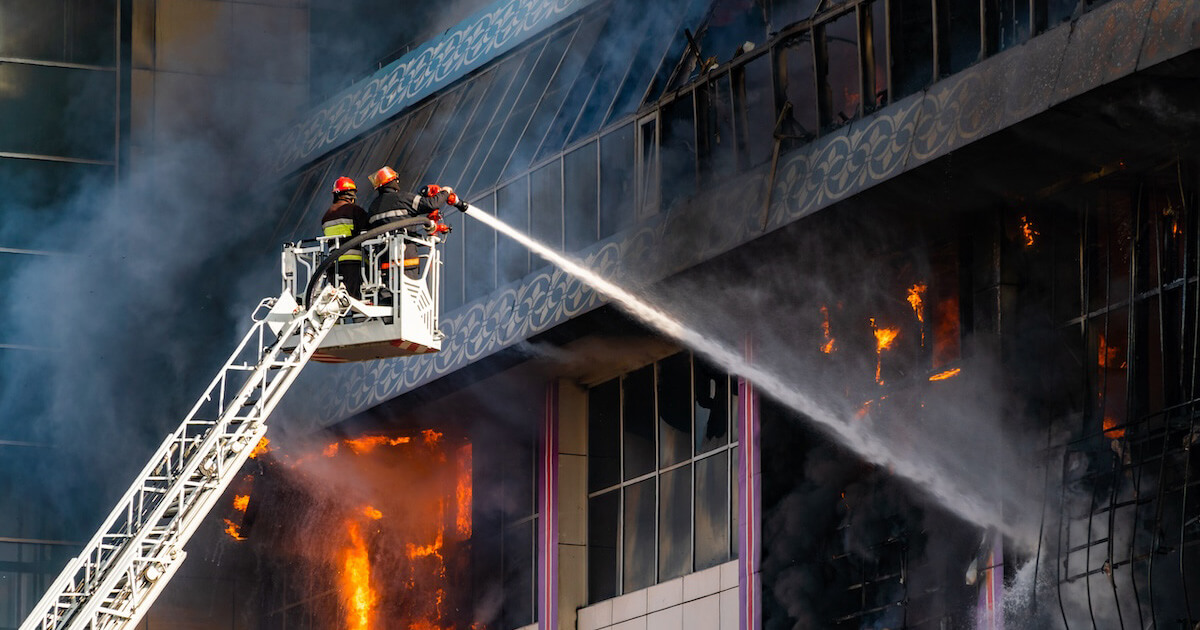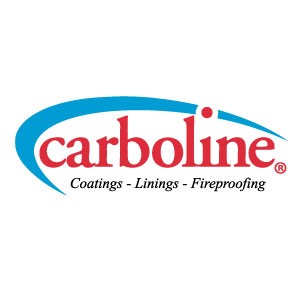
Fully 120 years after the first cellulosic fire curve was published, it remains the basis on which building materials are tested for fire safety today.
It also is important in the scientific assessment of the performance of passive fire protection (PFP) measures.
But they don’t make building materials like they used to.
And, for all their performance and cost benefits, the modern synthetic or hybrid-synthetic materials common in our built environment today demonstrate that they don’t make fires like they used to, either.
Now, they’re worse. They ignite faster, they burn hotter, they release more toxic smoke, and they’re harder to fight. Fire loads have evolved. Is it time for fire safety test standards to do the same?
As the first in our series on the subject of modern-day fire loads and legacy cellulosic test standards, we elaborate on the debate surrounding the adequacy of these standards to assess the fire safety of today’s building materials.
Different fuels, different fires
The cellulosic time-temperature curve which formed the basis of what became the ASTM E119 (formerly C19) standard first appeared in 1903, and it turned fire safety from an art to a science. The curve shows temperature rise over actual time in conditions simulating a “standard” cellulosic fire, the primary fuel being wood.
Over time, industry has developed testing methods to understand how well common construction materials contain such a “standard” fire, and based on these materials tests, building code authorities regulate their use.
However, these standards were developed based on a 20th century understanding of fires and the wood, paper, and textile products that fueled them. While they have served as a fundamental benchmark for decades, there is an ongoing debate about their adequacy for assessing the thermal efficiency of fire resistive materials because today’s occupied spaces contain vastly different fuels than before.
A principal shortcoming of cellulosic test standards is that they do not adequately account for the behavior of synthetic materials, which feature much higher calorific potentials. The materials are everywhere: building components, home furnishings, and the long list of electronics inside practically every occupied space. In contrast, cellulosic materials tend to char and insulate better in a fire. These are no longer representative of modern building materials.
Ignition speed: Modern materials usually ignite more quickly than traditional cellulosic materials. The time it takes for a fire to reach critical stages is significantly shorter, meaning that occupants have less time to evacuate, first responders have less time to manage the situation effectively, and the applied stress on the passive fire protection measures intensifies. Cellulosic test standards were developed when fires took longer to develop, so their continued use as fire safety benchmarks can lead to a false sense of security in modern structures.
Toxic smoke and gases: Another critical concern is the toxic smoke and gases produced by modern materials during a fire. Cellulosic test standards primarily focus on temperature and flame spread but do not account for the release of hazardous gases from synthetic materials. These toxic emissions significantly threaten the safety of building occupants and first responders. This is particularly acute in electric vehicle, e-bike, and energy storage system hazard scenarios. These are discussed briefly below, as well as in Part 2 of this series.
Electric vehicles and energy storage systems: Product design and battery chemistry have converged to create a troubling threat scenario. The chemistry required for modern energy storage to be effective also burns quite hot and vents highly toxic gases in the event of a thermal runaway. Unfortunately, the very structural design elements that are meant to contain thermal runaways make it exceptionally difficult for firefighters to meaningfully contain them if those elements fail.
Time for different test methods?
The standards and methods we’ve questioned are essential to our work engineering cementitious and intumescent PFP products.
So, are they still useful? Do they need updating? Or, is it time to pivot away from cellulosic test standards in certain group occupancy classifications based on understanding of modern day risks?
Such a pivot would not mean wandering aimlessly: Industry already has other standards and methods that assess fire safety and material response in more intense fire events.
Our chemists use hydrocarbon pool and jet fire standards (for example, UL 1709, ISO 22899-1 or RWS) to develop products that can resist the intensity, erosive forces, and higher heat fluxes associated with rapid-rise and intense thermal scenarios to mitigate the time it takes for structural steel or protected substrates to reach critical limiting temperatures where structural integrity degrades and a local or global collapse could occur.
Of course, these standards were not meant for general occupancy environments. But we’ve shown that modern fire loads exceed the ability of these environments to meaningfully arrest or delay the spread of fire. Are we due a debate on the adoption of the more rigorous testing methods?
As you’ll read in part 2, which is coming soon, it might be that the debate is already settled.

